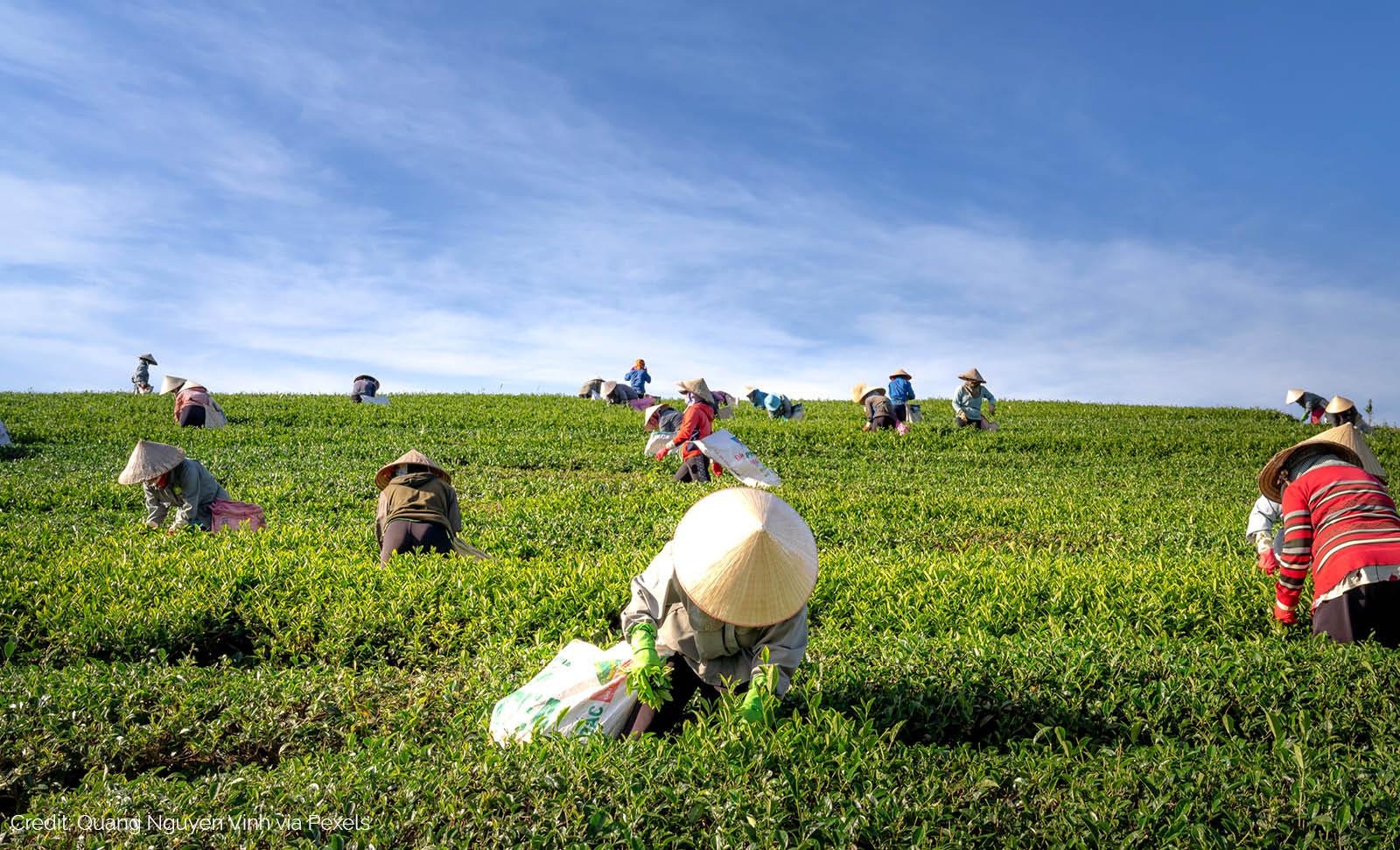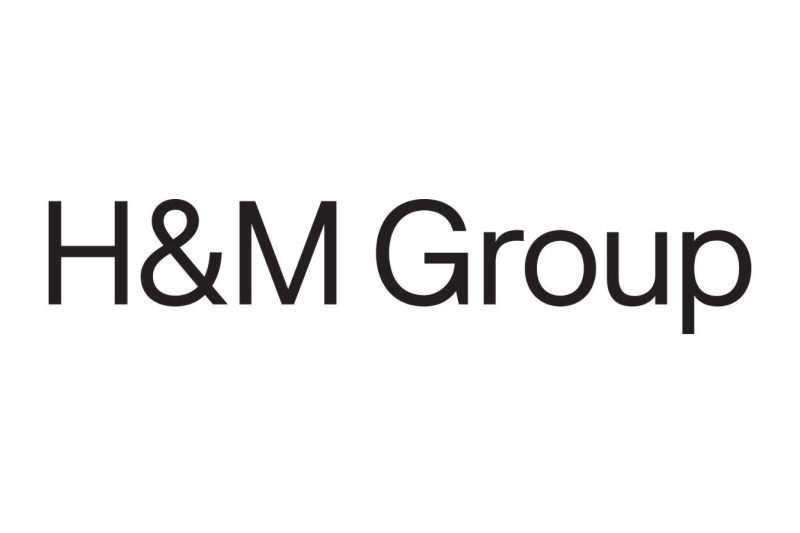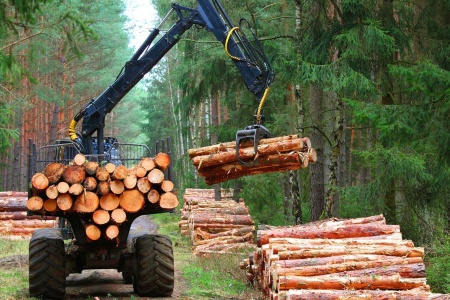
Forest, Land and Agriculture (FLAG)
Is your company in a land-intensive sector? Explore our key resources and set Forest, Land and Agriculture (FLAG) climate targets to reduce land-based emissions and enhance carbon removals in line with science.
Guidance for land-intensive sectors
Businesses with land-based emissions are encouraged to take science-based climate action now by setting FLAG targets to cut emissions and enhance carbon sinks. Our guidance, tools and resources can help you preserve the land on which your business depends:
SBTi FLAG Guidance: Defines requirements, recommendations and methodologies for setting science-based FLAG targets.
SBTi FLAG Guidance in Brief: Provides an introduction to the guidance and key steps to get started in the target-setting process.
SBTi FLAG Getting Started Guide: Offers a diagram to help companies identify the submission type needed to meet the FLAG requirements.
SBTi FLAG Target-Setting Tool: Helps formulate FLAG targets.
SBTi Services Criteria Assessment Indicators: Outlines the major checks conducted by SBTi Services during the validation process.
The next few years are critical in the fight against climate change. By setting science-based targets in line with the SBTi FLAG Guidance and defining appropriate decarbonization strategies, businesses can drive a nature-positive future, where ecosystems thrive and play a critical role in tackling climate change.
Why take action?
The FLAG sector is one of the most affected by the impacts of climate change. But it is also a significant source of emissions. It represents 22% of global greenhouse gas (GHG) emissions - the third highest emitting sector after energy and industry.
To prevent the catastrophic impacts of climate change, tackle food crisis risks and enable the transformation to a global net-zero future, cutting land related emissions is paramount.
Key requirements of the SBTi FLAG Guidance
- Account for land-based emissions and removals: Include emissions from deforestation, land conversion, and business activities associated with the use of land (e.g. fertilizers, manure management, forest harvesting, etc.), as well as biogenic CO2 removals like restoring natural ecosystems, improving forest management, deploying silvopasture, and enhancing soil carbon sequestration on pasture and farmland. Read more on how FLAG pathways address carbon removals.
- Set near-term FLAG science-based targets: 5-10 year emissions reduction targets in line with climate science.
- Set long-term FLAG science-based targets: Use the SBTi Corporate Net-Zero Standard to set targets to reduce at least 72% of emissions by no later than 2050.
- Set a no-deforestation commitment with a target date no later than 2025: In line with the Accountability Framework initiative (AFi). This commitment is mandatory, without it, companies cannot set a FLAG target. Read more on how this guidance accounts for land-use change emissions here.
- Set science-based targets for energy/industry emissions: In addition to FLAG targets, set energy/industry targets covering all scope 1, 2 and 3 emissions.
When setting targets, companies in food production, food and beverage processing, food and staples retailing and tobacco are required to set FLAG science-based targets. This requirement also applies to companies in any other sector if FLAG-related emissions exceed 20% of their total scopes 1, 2, and 3 emissions.
WATCH: Introducing the FLAG guidance - Martha Stevenson
Help shape the future of the timber and wood fiber pathway
The SBTi is calling for experts to contribute to the revision of the timber and wood fiber pathway included in the FLAG Target-Setting Tool. This update aims to develop a robust, science-based methodology that helps companies with significant forestry activities in their value chain reduce land-based emissions and enhance carbon removals — critical for keeping global heating below catastrophic levels.
How to get involved
1. Become a technical partner
The SBTi is looking for a technical partner to support this revision process by providing expertise in research, data analysis and resource development. We encourage independent contractors, academic institutions, and consultancy firms with expert knowledge in greenhouse gas accounting, forestry emissions, land-use data analysis, and climate target-setting methodologies to apply.
- Review the Request for Proposal (RfP).
- Submit your application by April 14, 2025.
For inquiries, contact flag@sciencebasedtargets.org. The deadline for submitting questions is April 11, 2025.
2. Join the expert working group
The SBTi is also calling for experts to join the project’s expert working group (EWG). This is a volunteer advisory role. We welcome applicants from corporates, financial institutions, academia, research, non-profit, civil society, impacted communities and multilateral organizations with expertise in climate change mitigation within the forestry sector and forest products value chains.
- Review the EWG Terms or Reference (TOR).
- Complete the application form no later than April 21, 2025. If you cannot access Google Forms, please email us on flag@sciencebasedtargets.org with the subject ‘TWF pathway EWG application.
Join the effort to drive transformative climate action. Expert input from diverse stakeholders plays a critical role in shaping SBTi’s standards. Review the section below and the project Terms of Reference (TOR) for further details.
- Project launch: This project started in February 2020.
- Public consultation: In 2022, a month-long public consultation was conducted for experts in the FLAG sector to provide feedback on the draft SBTi FLAG Guidance and Tool. We received over 1,600 comments from more than 165 organizations. Read the public consultation summary report. Acknowledging those comments we moved forward with the final version of the guidance and tool.
- Final publication: We launched the SBTi FLAG Guidance and Tool in September 2022. From May 1st, 2023, companies are required to account for their land-based emissions and set separate FLAG targets if relevant to their activities. Read more on the FLAG project implementation timelines.
- Updates: In December 2023, the SBTi released a minor revision of the FLAG Guidance to facilitate understanding of the target-setting process. Learn more about these updates. That same year, the use of the timber and wood fiber pathway, included in the FLAG Target-Setting Tool, was temporarily paused.
The SBTi FLAG Project was developed by the SBTi with support from WWF. We convened technical experts from the agriculture, forestry and other land use (AFOLU) sector and a corporate consultative group that provided expert advice throughout the project.
- Consultative Group: This group consisted of individuals from the following organizations:
- AB InBev
- Arauco
- Cargill
- Danone
- General Mills
- IKEA
- International Paper
- Kimberly-Clark
- Klabin
- Mars
- McDonald's
- Nestlé
- P&G
- PepsiCo
- RCL Foods
- Sodexo
- Tyson
- Walmart
- General stakeholder consultation. Both industry and non-industry representatives provided feedback on each project component through public consultation.
Funding for this project was provided by the Gordon & Betty Moore Foundation.
Resources for setting FLAG science-based targets
- SBTi FLAG Guidance in Brief
- SBTi FLAG Guidance
- SBTi FLAG Target-Setting Tool
- FLAG Methods Addendum
- FLAG Getting Started Guide
- Watch the FLAG target-setting process webinar and download the slides (March 2023)
- Regional webinars on setting FLAG science-based targets (July 2023)
FLAG Guidance launch
- Watch the webinar (September 2022)
- Download the slides
Public consultation resources
- Read the summary of the SBTi FLAG Guidance public consultation feedback
- Watch the FLAG Guidance consultation webinar (January 2022)
- View the FLAG Guidance consultation webinar slides
FLAG project kick-off resources
The SBTi is temporarily suspending the use of the timber and wood fiber pathway included in the FLAG Target-Setting Tool. This temporary pause will be in place until the SBTi releases a revised version of the pathway.
See our suspension paper for more information and check if your company is affected.
Suspension paper change log
02/10/2024 - suspension paper update published
14/12/2023 - suspension paper published
The revision of the timber and wood fiber pathway will help companies in the forest and paper products sector, as well as those reliant on wood-derived products, to set ambitious science-based targets to reduce land-based emissions from forestry production. This update will refine near-term target setting, and introduce a new long-term target-setting method.
The project is being developed in adherence with the Standard Operating Procedure for Development of SBTi Standards. The project TOR and Summary outline key milestones and the overall plan.
Stakeholder involvement will be possible via the following groups:
- Technical partner: We are seeking independent contractors, academic institutions, and consultancy firms with expertise in greenhouse gas accounting, forestry emissions, land-use data analysis, and climate target-setting methodologies. Read the RfP for detailed information on the project requirements and submit your application by April 14, 2025.
- Expert working group (EWG): Composed of volunteer experts from a diverse range of stakeholder organizations will provide technical advice to support the project’s outputs. Read the TOR and complete the application form no later than April 21, 2025.
- Stakeholder consultation: Industry and non-industry representatives will be able to provide feedback during the public consultation and pilot phases.
These opportunities will be promoted on the SBTi website, newsletter and social media platforms.
For general questions or clarifications on the FLAG Project’s resources, email FLAG@sciencebasedtargets.org. For all other questions, please contact info@sciencebasedtargets.org.
Join the FLAG mailing list for updates on the guidance and future developments.
To provide feedback on SBTi FLAG resources or the Timber and Wood Fiber Pathway Revision Project, use this form.
Browse more sector guidance
If your sector is not listed here, you can still set a science-based target using our methods and resources. Consult the step-by-step guide to get started.



